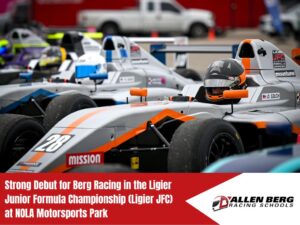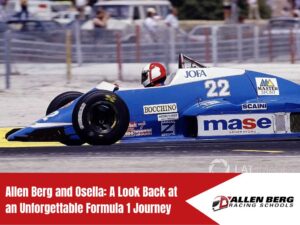Slow Down…. To Go Fast!
Share this Article
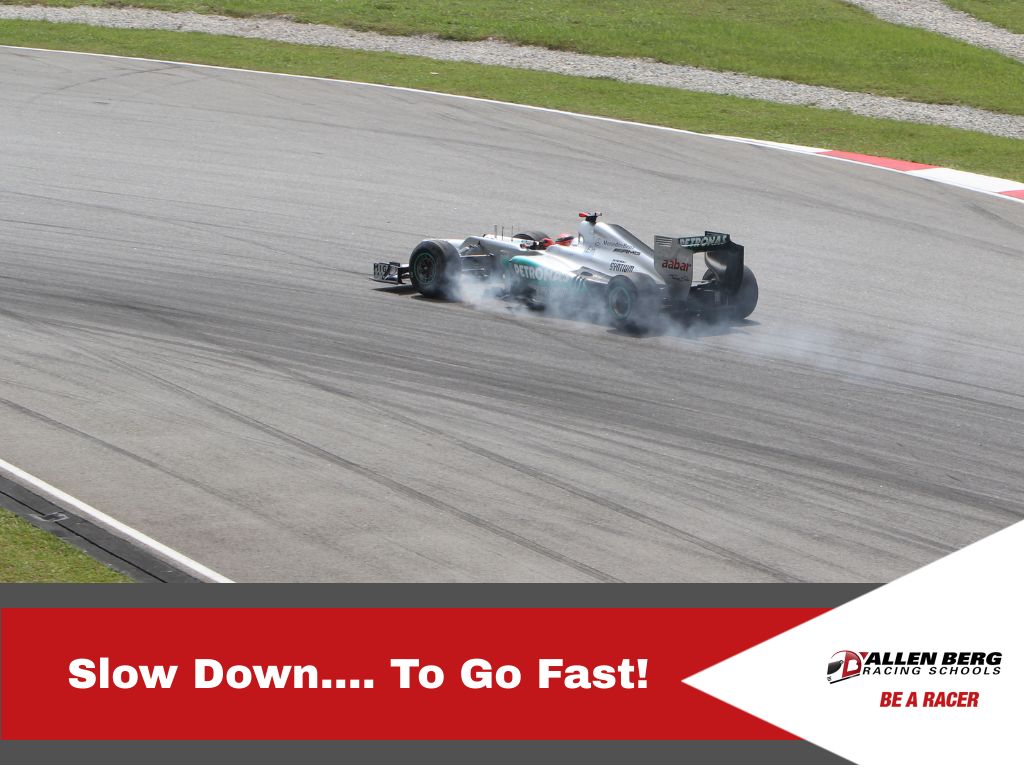
Where, on the race track, do the world’s greatest drivers find lap time?
To be clear, the objective of racers is to get around a race track in the least amount of time. At nearly all race tracks, the most amount of time is spent on the straight-aways and operating at full throttle. There’s much less time spent in the braking zones and corner entry and exits.
Many drivers purposely or instinctively tried to go faster by braking later on the run-up to the corners. Despite the old adage – last of the late brakers – this tactic does not necessarily make for a fast driver.
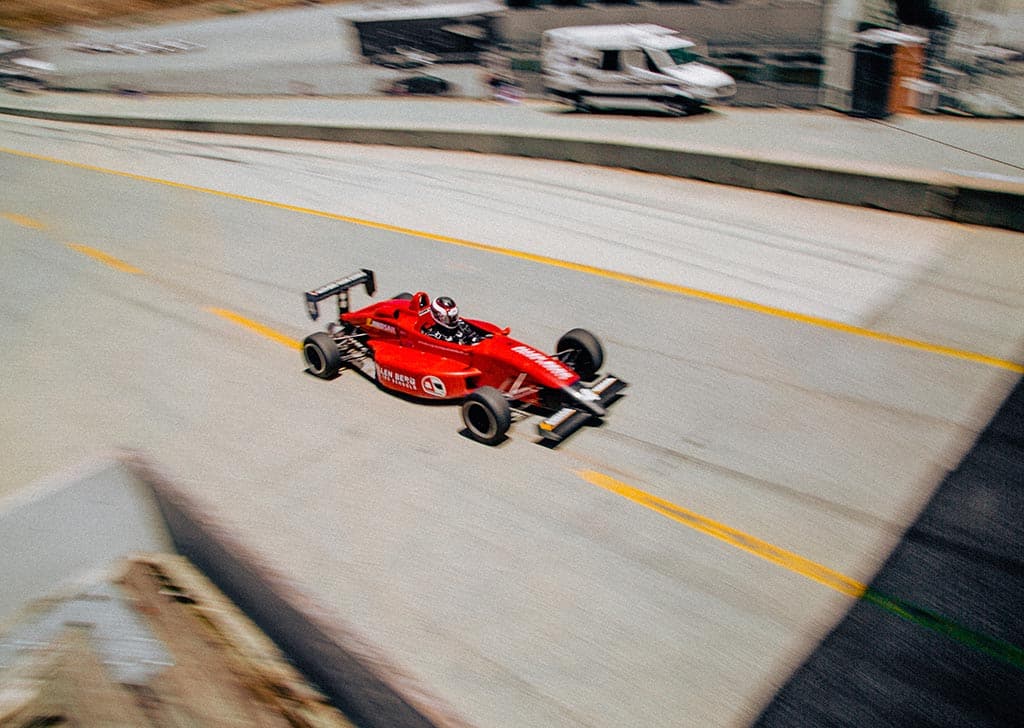
Actually, the amount of time that can be gained or lost is much greater when you’re on the straights – not in the corners.
Of course, there is a compromise in everything involved with racing, such as employing a high downforce set up which gives you more grip in the corners but reduces overall top speed. A low downforce set up gives you higher top speeds, but at the expense of braking points, overall grip, and speeds in the corners.
As a general rule, and specifically regarding the driving technique for entry speed versus exit speed, we (almost) always endorse sacrificing the entry speed and braking performance in order to maximize the exit speed out of the corner. This increased exit speed will pay big dividends in lap time on the following straight. Or, to say this differently, you need to slow down to speed up.
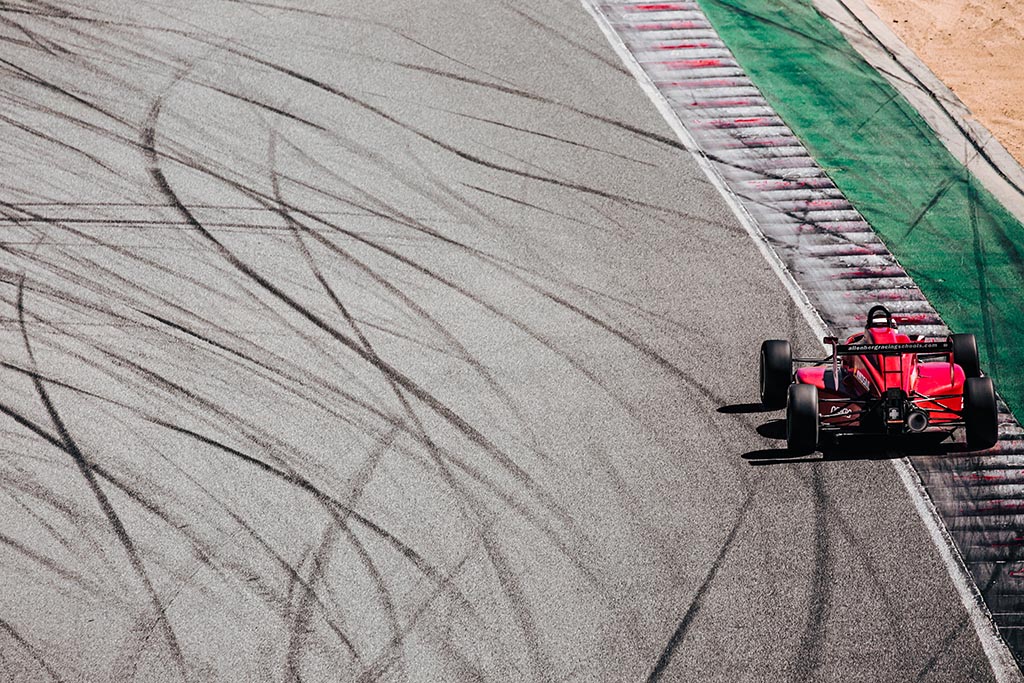
Another benefit to this is when a driver is being slightly more conservative on the brakes and focusing on throttle-on point and exit speed, this driver will almost always be more consistent in lap times and certainly safer. The reason for this is that in the brake zone there is much less margin for error, if you brake too late, you are approaching the corner too fast and you’ll risk leaving the track. Conversely, by braking earlier, you use a throttle application, and if the race car becomes unstable, you can simply lift off the throttle.
One common error that we see is when a driver approaches a corner and realizes that they have entered too slowly, they will try to compensate for this by being more aggressive on the throttle pick up. This can cause a destabilization of the race car, such as wheel spin creating oversteer. With mid-speed or faster corners, or with vehicles with lesser horsepower, this throttle aggression can also take the weight off the front tires generating understeer.
Another facet regarding braking that we’d like to mention is that on the road, most drivers have the instinct to brake lighter in the first part of the braking zone and gradually increase pressure as they go deeper into the braking zone. This is the exact opposite tactic required to maximize the use of tires and brakes in the braking zone.
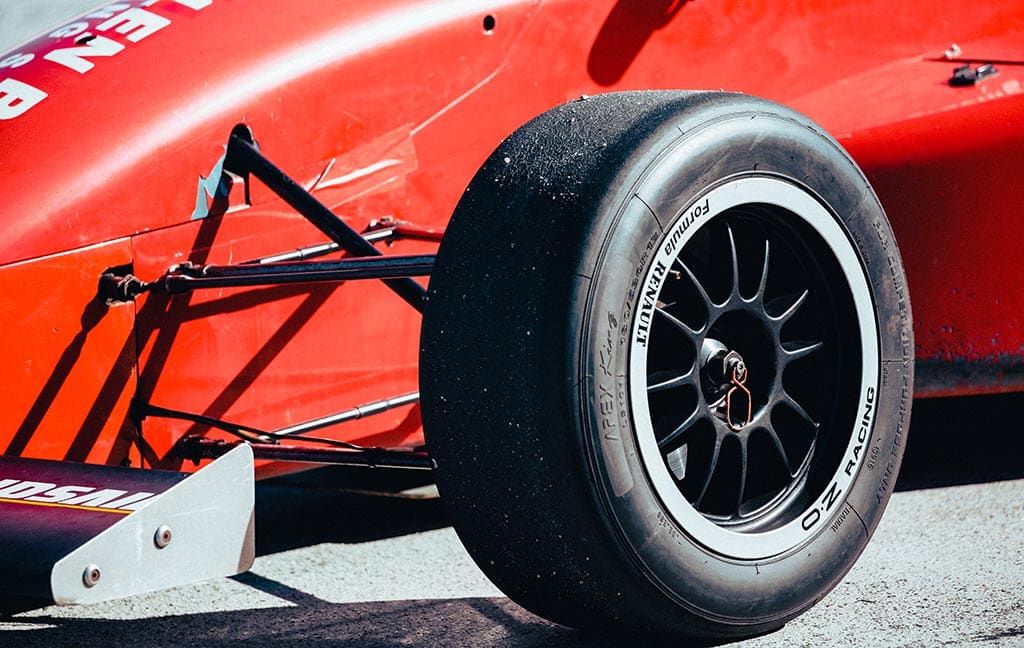
At high-speeds, the tires have a great deal of rotational inertia and it requires more pressure on the brake pedal to slow the car down efficiently from these high speeds. As the speed bleeds off the car, the rotational inertia is reduced and therefore the driver needs to release pressure on the brakes, otherwise, they risk lock up.
If you experience a wheel lock up, the car will still slow down, although it will be at a reduced rate. You also risk potentially flat-spotting a tire, necessitating replacement, or more importantly, loss of directional control. As soon as the wheel is locked, you cannot apply cornering force into the tire, and you will not get the desired results.
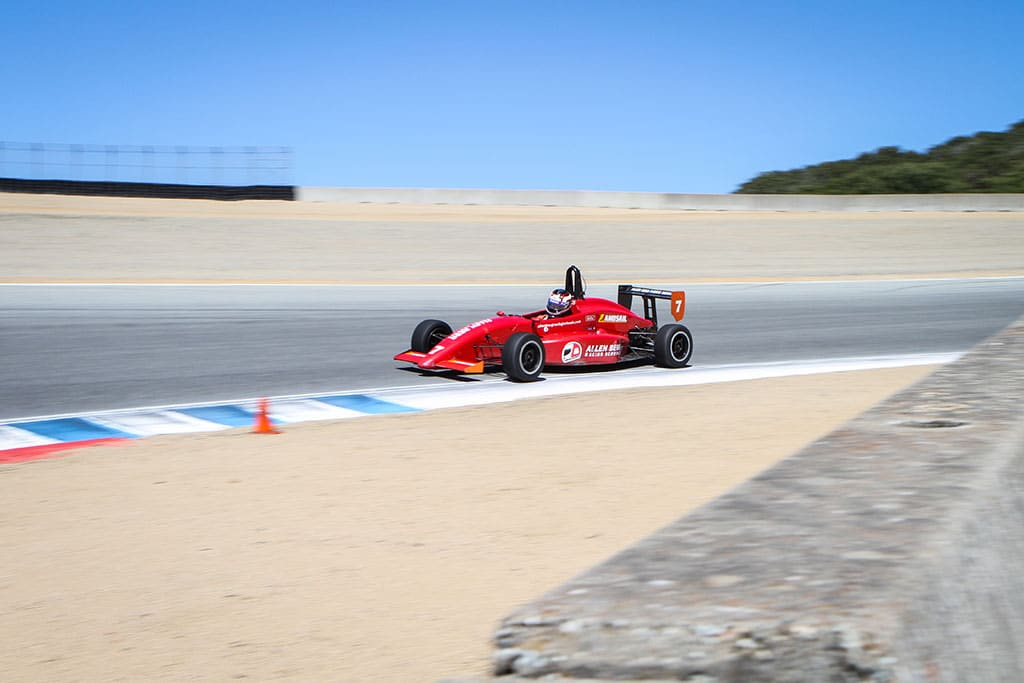
Another factor in terms of braking performance and overall performance is learning how to get the maximum performance out of your tires. The tires do their best work when the driver is only applying one function at a time, such as braking, or cornering, or acceleration. Naturally, as a driver, there will be times that call for a blending of these forces, but whenever you add in a second force it reduces the amount of performance you can generate in the other force.
Remember, maximum braking occurs when you’re braking in a straight line, and as you start to turn the steering wheel, you have to release pressure on the brakes because you are also providing a side force or cornering force to the tires. If you stay hard on the brakes when you turn the steering wheel, a lock-up on the front or rear tires can occur, and when that happens you lose directional control which almost always results in a skid.
It’s not how fast you enter a corner. Get your car slowed down under control allowing you to get back to power sooner, and thereby increasing your top speed on the straights. Out-braking your competitor into a corner to gain a position is a totally different conversation which we will cover here in the future.
For now…. slow down, to go faster.
Share this Article

